Juniper Companion Plants: What To Plant Next To Junipers
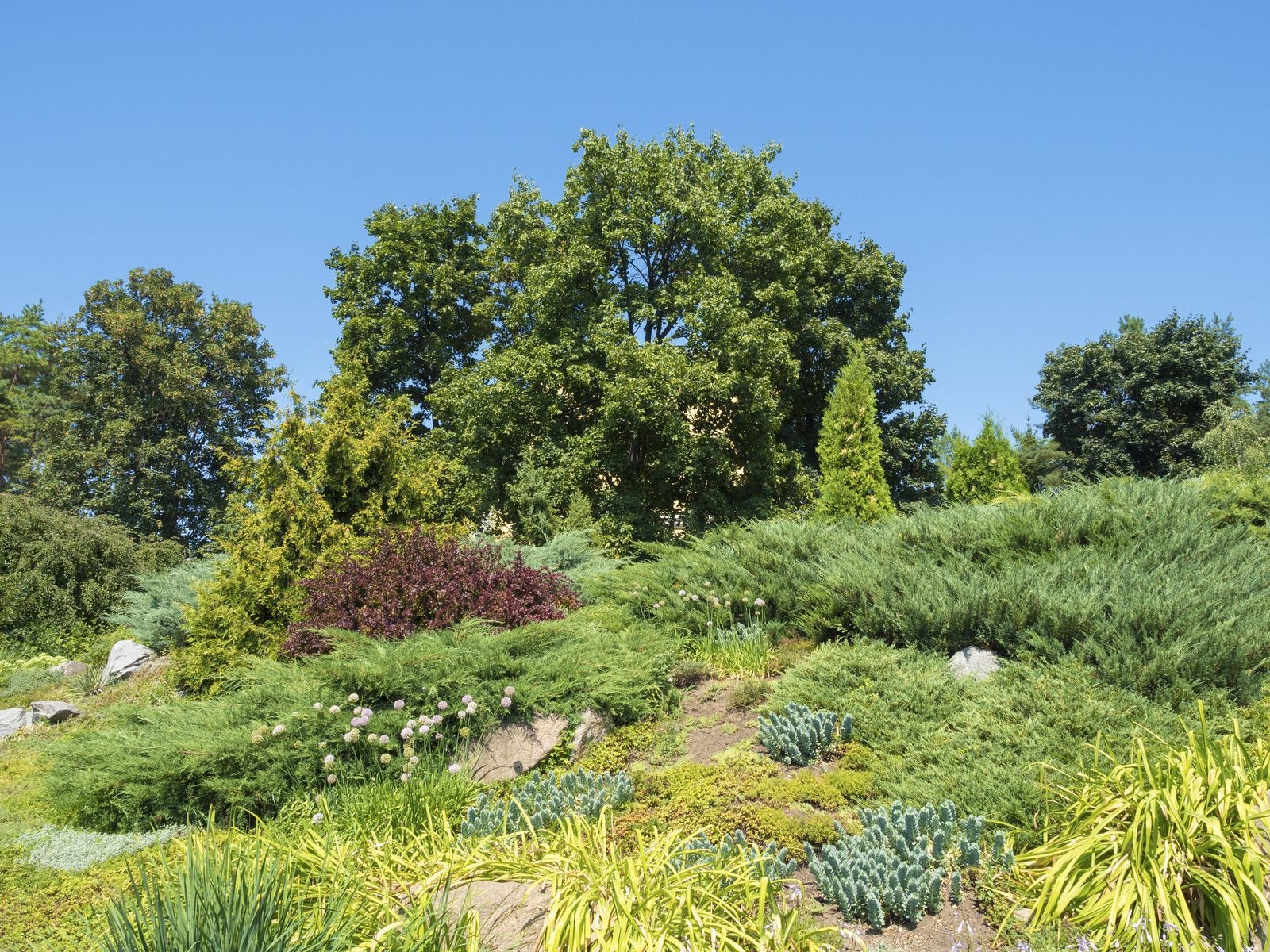

Junipers are attractive evergreen ornamentals that produce edible berries, popular with humans as well as wildlife. You’ll find 170 species of juniper in commerce, with either needle-like or scale-like foliage. They offer a striking color range, from light to bottle green, silver-blue to dark blue, and yellow to gold. Want to know what to plant next to juniper? How about shrubs that would make good companion plants for juniper? Read on for information on plants that grow well with juniper.
Companion Plants for Juniper
Tall and tree like or short groundcover? Juniper varieties come in all shapes and sizes. Some are tall enough that they work well for privacy hedges, while others are perfect for foundation planting or covering that slope. For example, Red Cedar (Juniperus virginiana) presents as a pyramidal tree up to 50 feet (15 m.) tall. It can be a specimen tree in the backyard or part of a very tall windbreak. In contrast, certain cultivars of creeping junipers (Juniperus horizontalis) get no taller than 6 inches (15 cm.). Once you’ve selected your juniper plant, you’ll have to think about what to plant next to junipers. Plants that grow well with juniper—juniper plant companions—will have the same soil, sun, and irrigation requirements. Generally, juniper shrubs thrive with a full sun location. They also require soil with good drainage. Drought resistant, junipers withstand heat and dry periods much better than most ornamentals. The best juniper companion plants will have the same characteristics.
Plants that Grow Well with Juniper
What are good companion plants for juniper? That depends on the juniper you plant in your garden. If you have a juniper shrub with deep-blue needles like the dwarf conifer Juniperus squamata ‘Blue Star,’ for instance, then consider a golden dwarf conifer of another species. Chamaecyparis obtusa ‘Nana Lutea’ has the same requirements as the Blue Star juniper and adds light and color with its soft tufts of brilliant gold foliage. Any juniper with blue foliage also looks good near other blue-hued plants. Plants with blue flowers, berries, or leaves make good companion plants for juniper. When you are looking for juniper plant companions, think about bamboo. Bamboo species, particularly dwarf bamboo plants, are also good choices for juniper companion plants. Tall bamboo mixes well with tall junipers, while groundcover juniper blends seamlessly with dwarf bamboo. As previously stated, nearly any plant sharing similar growing conditions works well with juniper. Look for drought tolerant perennials with various bloom times to add sparks of color here and there for seasonal interest.
Gardening tips, videos, info and more delivered right to your inbox!
Sign up for the Gardening Know How newsletter today and receive a free copy of our e-book "How to Grow Delicious Tomatoes".

Teo Spengler is a master gardener and a docent at the San Francisco Botanical Garden, where she hosts public tours. She has studied horticulture and written about nature, trees, plants, and gardening for more than two decades. Her extended family includes some 30 houseplants and hundreds of outdoor plants, including 250 trees, which are her main passion. Spengler currently splits her life between San Francisco and the French Basque Country, though she was raised in Alaska, giving her experience of gardening in a range of climates.
-
 8 Perfect Flowers To Plant With Tomatoes To Boost Yields & Banish Pests
8 Perfect Flowers To Plant With Tomatoes To Boost Yields & Banish PestsDon’t forget flowers when choosing companion plants for your tomato beds or pots. These pretty, fragrant blooms add beauty but are also highly beneficial.
By Mary Ellen Ellis
-
 Want The Longest Lasting Hydrangea Flowers? Grow These 8 Panicle Hydrangea Varieties
Want The Longest Lasting Hydrangea Flowers? Grow These 8 Panicle Hydrangea VarietiesFor ornamental shrubs that deliver the longest flowering seasons with plush blooms and delicate hues, these panicle hydrangea varieties are essential in your yard
By Tonya Barnett
-
 How To Grow A Potted Juniper: Caring For Juniper Trees In Containers
How To Grow A Potted Juniper: Caring For Juniper Trees In ContainersSmall juniper trees grow well in containers. Click here for information on how to care for potted junipers.
By Teo Spengler
-
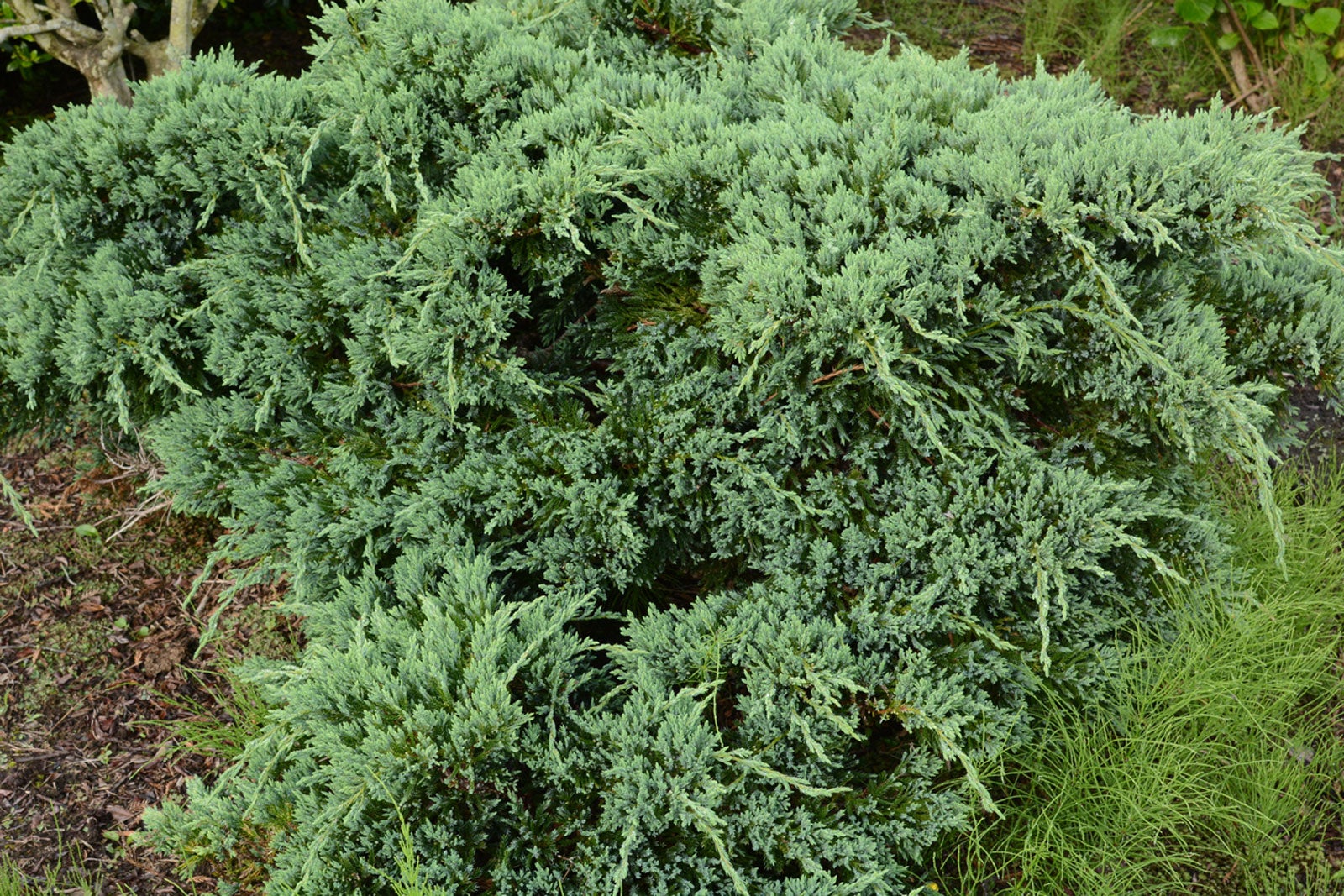 Japanese Juniper Care – How To Grow A Japanese Juniper Plant
Japanese Juniper Care – How To Grow A Japanese Juniper PlantIf you want a "set and forget" type of plant, Japanese juniper care is minimal and easy once established. For more information about this shrub of low heights and how to grow it in your garden, click the following article.
By Bonnie L. Grant
-
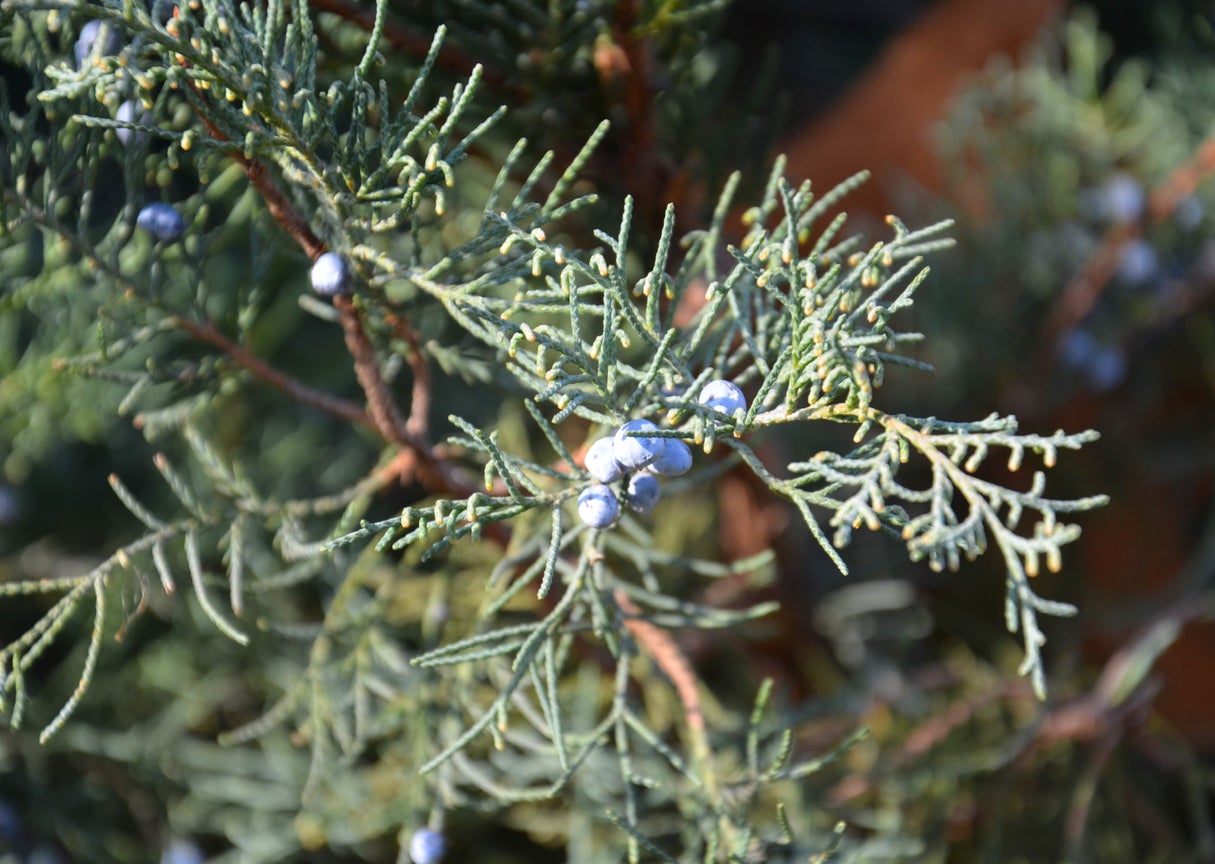 Mountain Cedar Information: Is Mountain Cedar Pollen Causing You Problems
Mountain Cedar Information: Is Mountain Cedar Pollen Causing You ProblemsMountain cedar is a tree with a common name full of contradictions. The tree is not a cedar at all, and its native range is central Texas, not known for its mountains. In fact, trees called mountain cedar are actually ashe juniper trees. Click here to learn more.
By Teo Spengler
-
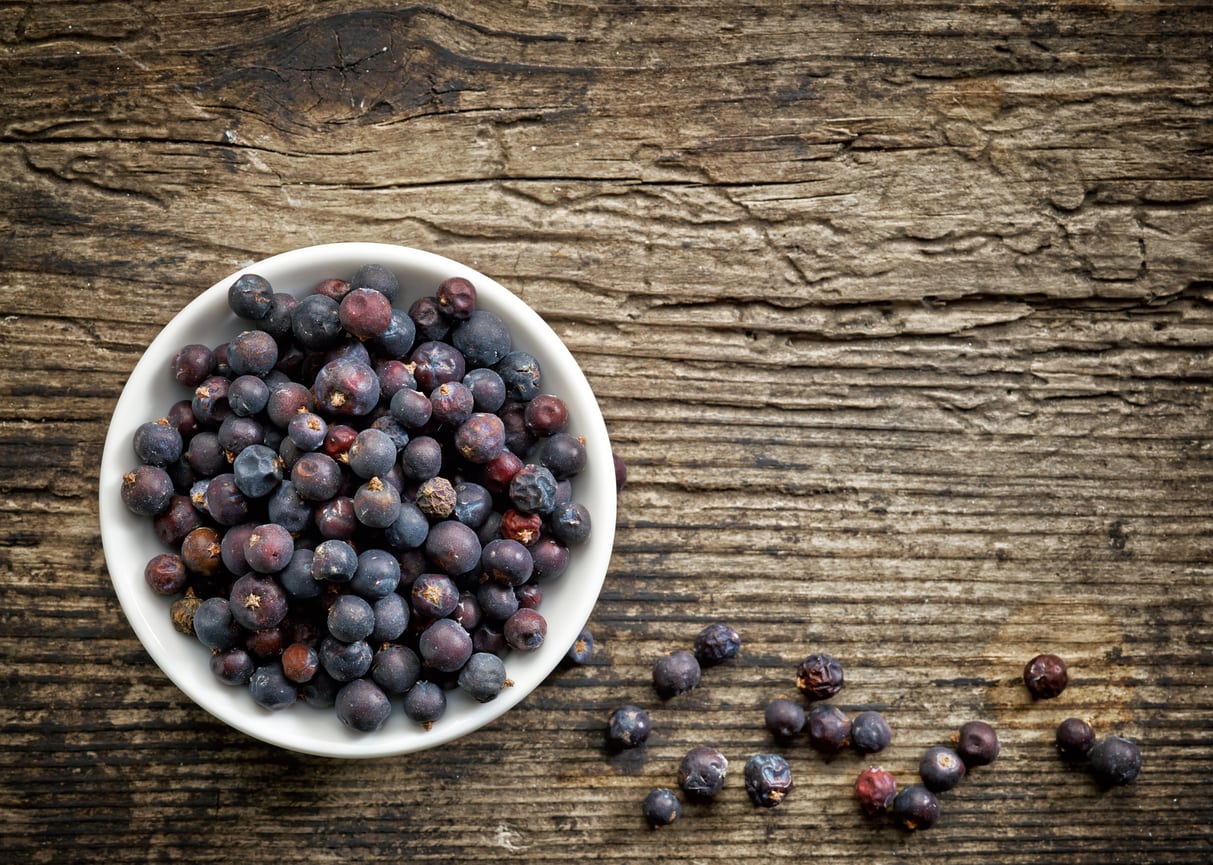 Are All Juniper Berries Edible – Is It Safe To Eat Juniper Berries
Are All Juniper Berries Edible – Is It Safe To Eat Juniper BerriesJuniper berries have been used as a strong flavoring for wine, mead, and other alcoholic beverages, as well as a spice for meats, stews, sauerkraut, and other dishes. Upon reading this, you may be wondering are all juniper berries edible? Click here for that answer.
By Darcy Larum
-
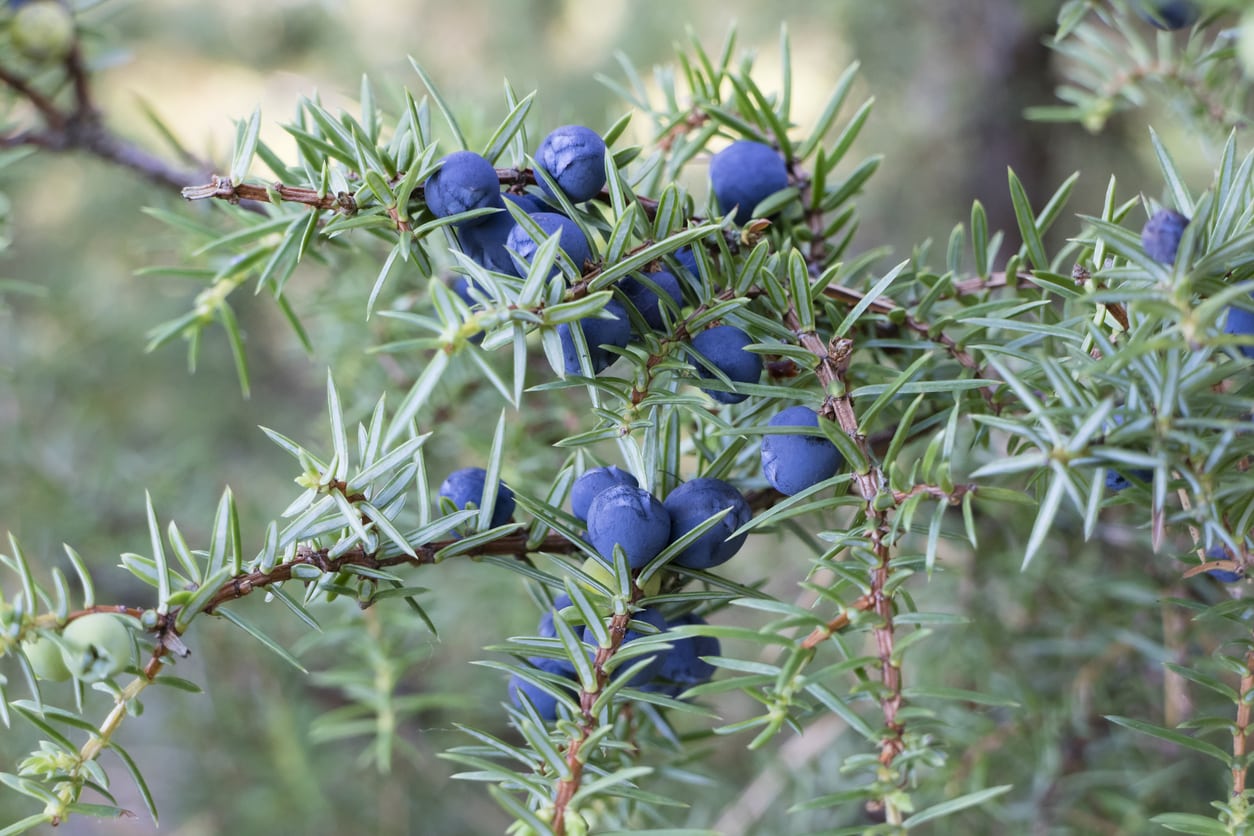 Juniper Berry Uses – What To Do With Juniper Berries
Juniper Berry Uses – What To Do With Juniper BerriesGiven that they are prolific and the fruit looks so much like a berry, the natural question is ‘can you eat juniper berries?” If so, what do you do with juniper berries? Click on the following article to find out how to use juniper berries along with some useful juniper berry recipes.
By Amy Grant
-
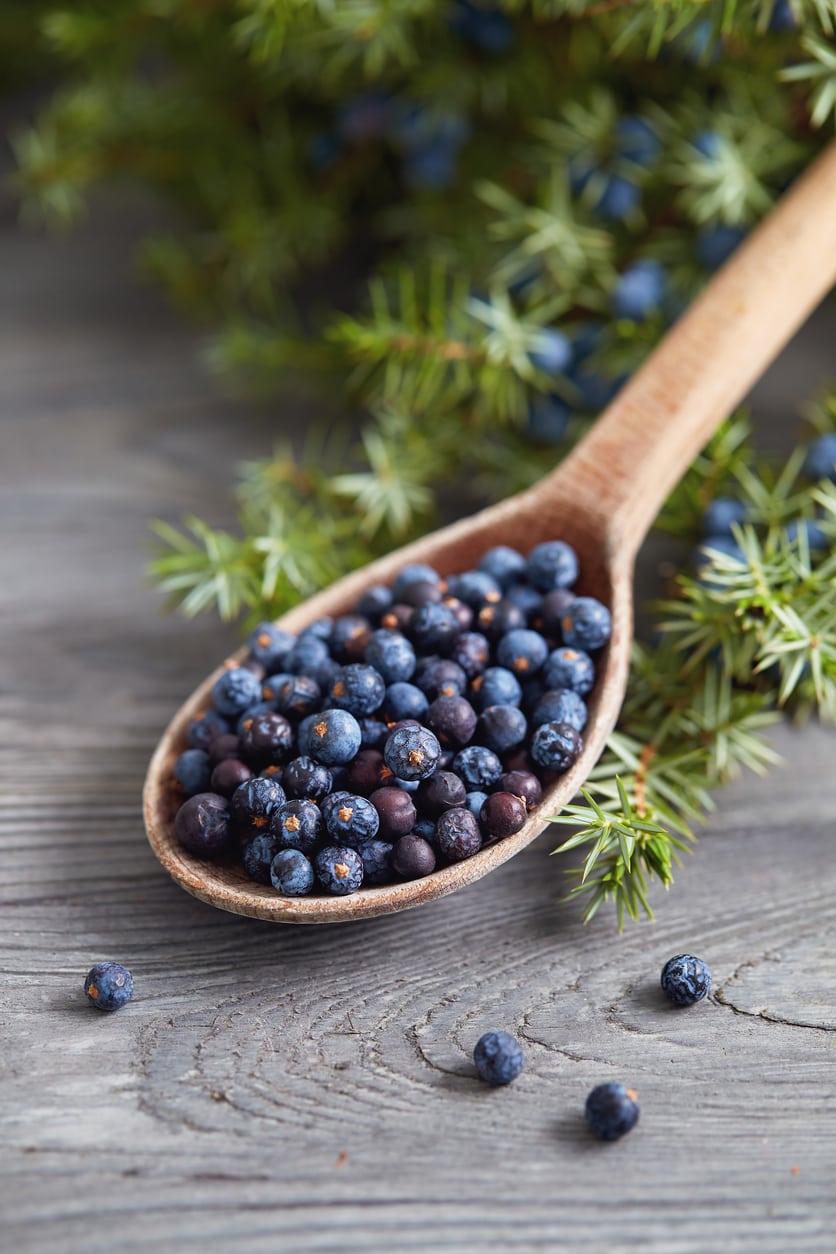 Juniper Berry Harvest Tips: How To Pick Juniper Berries
Juniper Berry Harvest Tips: How To Pick Juniper BerriesMany junipers produce berries that are toxic and inedible, but Juniperus communis berries are edible! Safe, aromatic and interesting, learn how to know which ones are safe how to harvest them.
By Bonnie L. Grant
-
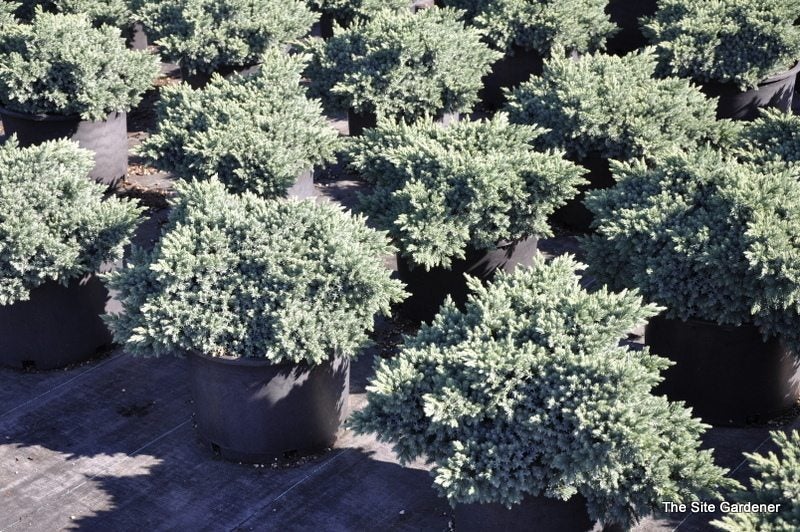 Growing Juniper ‘Blue Star’ – Learn About Blue Star Juniper Plants
Growing Juniper ‘Blue Star’ – Learn About Blue Star Juniper PlantsWith a name like "Blue Star," this juniper sounds as American as apple pie but, in fact, it is native to Afghanistan, the Himalayas, and western China. Gardeners love Blue Star for its thick, starry, blue-green foliage and its graceful rounded habit. Learn more here.
By Teo Spengler
-
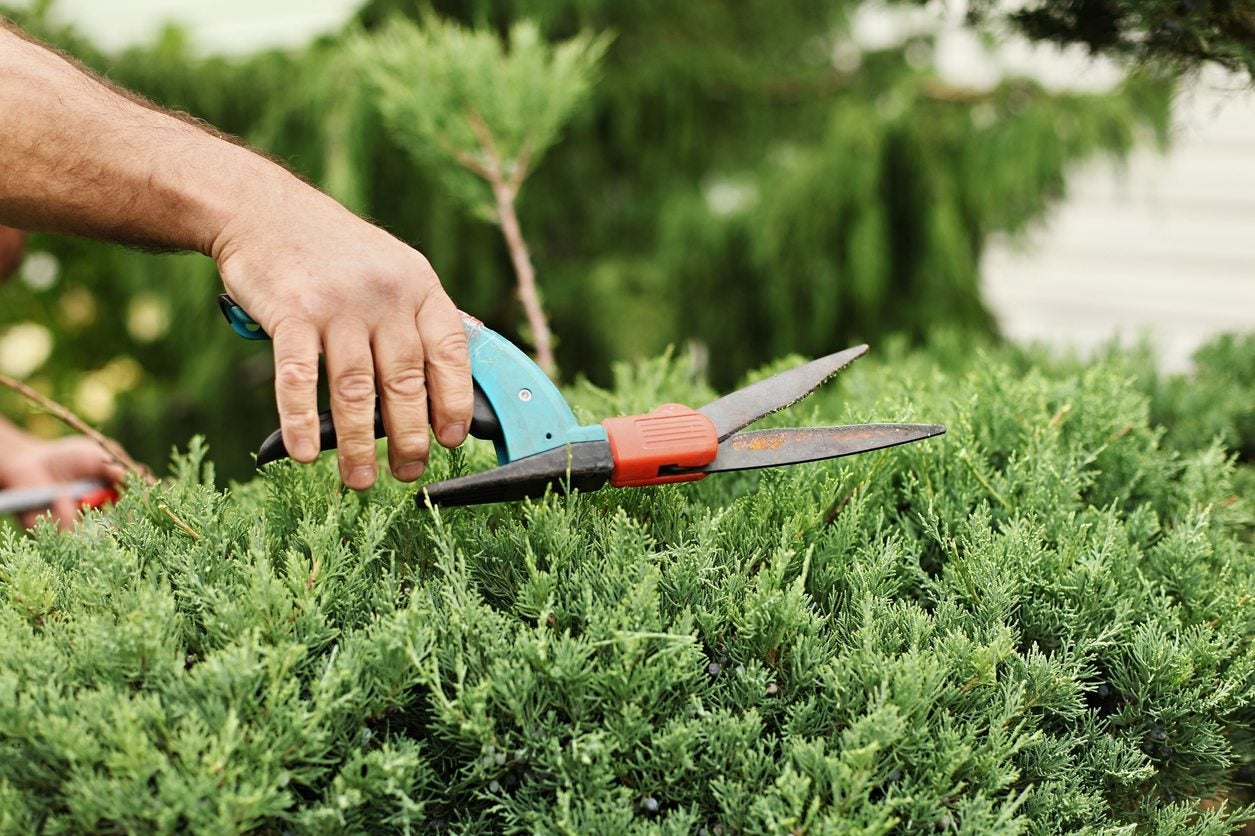 Can You Prune An Overgrown Juniper – Tips For Overgrown Juniper Pruning
Can You Prune An Overgrown Juniper – Tips For Overgrown Juniper PruningJuniper shrubs and trees are a great asset to landscaping. But sometimes, like the best things in life, they get away from us. What was once a smart shrub is now a wild, overgrown monster. So what can you do with a juniper that?s gotten out of hand? Find out here.
By Liz Baessler